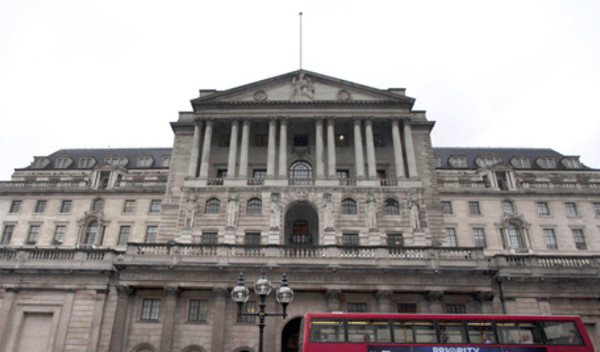

The decision of the Bank of England to put interest rates up is “baffling” and may have to be reversed, according to John Mawby, who runs the £248m GLG Strategic Bond fund.
The fund is the absolute best performer out of 69 funds in the IA Sterling Strategic Bond sector in the past year to 10 November.
Mr Mawby attributed the strong performance to his investing in bank bonds, which then became popular with the market as global inflation and growth expectations rose.
The Bank of England doubled interest rates on 2 November to 0.5 per cent, saying that while it feels the current high level of inflation is transitory, the economy and labour market are operating at close to full capacity, meaning interest rates can rise to help inflation fall.
But according to Mr Mawby, the level of political and economic uncertainty in the economy is such that rates should not have risen, and it could be that they have to be cut later.
In its commentary accompanying the interest rate announcement, the Bank of England said it has to strike a balance between creating the economic conditions for unemployment to fall, and tightening the speed at which money moves through the economy in order to curb inflation.
The central bank said it put rates up because the “balance had shifted” towards curbing inflation, as unemployment has fallen.
Economic theory says that low unemployment leads to higher inflation because as the number of job seekers falls, wages rise. This theory is called the Phillips curve. Economists around the world are puzzled as to why wage growth hasn’t happened even as unemployment rates have fallen.
Mr Mawby said the problem is quantitative easing has moved economic power towards the owners of capital, and away from labour, halting wage pressure.
The uncertainty in the UK economy means, in his view, that business activity will be muted and so wages won’t rise, negating the need for rates to go up.
If the outlook darkens significantly, he thinks the Bank of England could cut rates.
He said one of the reasons for the strong performance of his fund over the past year has been that he anticipated the UK would vote to leave the EU, and he began to reduce his exposure to UK fixed income accordingly.
Neil Woodford, who runs the £8.4bn Woodford Equity Income fund, is another who believes central banks are erring with interest rate policy.
He said central banks are interpreting the Phillips Curve in the conventional way, which is erroneous as the shape of the global economy has changed.
Stephen Snowden, who jointly runs the £1.4bn Kames Investment Grade Bond fund, said central banks over-reliance on the employment rate to set monetary policy is wrong because many of the jobs created are irregular, so don’t have the capacity to push wages up.
He added that ageing populations mean global growth and inflation are likely to remain lower than historical averages.
Mr Snowden said the rest of the world would now follow the path Japan has been on, and as a result, interest rates and bond yields would not return to previous high levels.
Jonathan Davis, who runs Jonathan Davis Wealth Management in Hertford, said he has been preparing client portfolios for higher inflation simply because “inflation has been going up” around the world.
David.Thorpe@ft.com



